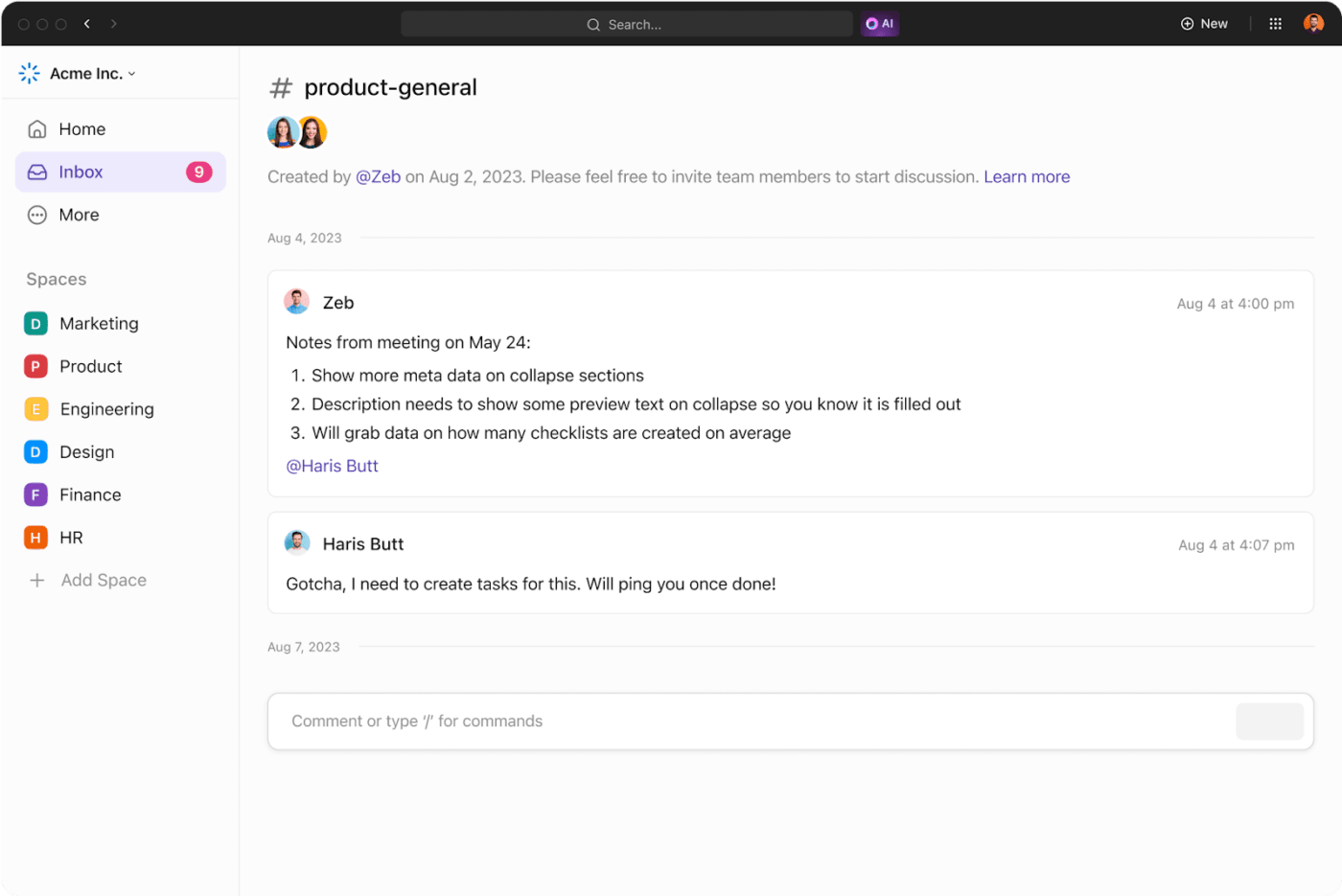Crisis Leadership: Mastering the Art of Leading in Turbulent Times

Sorry, there were no results found for “”
Sorry, there were no results found for “”
Sorry, there were no results found for “”
If someone asked you what makes a good leader, the usual answer would be vision, expertise, energy, people skills, experience, and other attributes. While these are definitely crucial skills for a leader, there is one that isn’t mentioned as often. However, it is the one that becomes very apparent when a company faces tough times.
When times are tough, what can help us sail through?
The answer is crisis leadership. This emergent leadership strategy is all about the essential skills and qualities that help a leader navigate their team through unexpected challenges and tough situations. And true leadership is defined only in crisis.
Let’s examine these skills in more detail and see how they play a significant role ensuring organizational success despite crises. However, before we understand the effective strategies for crisis management and how leaders navigate these situations, let us understand what a crisis is all about.
A crisis is any event or situation that disrupts an organization’s normal operations. It can be minor, like a crucial resource being unavailable during an important customer meeting, or completely unexpected major events, like natural disasters, disease outbreaks, or political developments that can throw well-planned strategies off track. These events directly impact your company’s priorities, reputation, or operations.
Crisis leadership is the ability of an organization and its leadership team to navigate challenging situations. It’s about maintaining stability, making sound decisions under pressure, and showing resilience in the face of adversity. An effective crisis leader’s management style inspires confidence, fosters clear communication, and steers the team toward a successful resolution.
This leadership style isn’t confined to CEOs or senior leaders but defines how the entire organization operates in tough times. For example, it could be the department head creating a contingency plan to manage a product recall, a social media manager addressing a negative comment, or similar issues that can derail your plans. Regardless of their position, crisis leadership empowers individuals to take charge, mitigate damage, and lead their teams through the storm.
Crisis or unexpected challenges are inevitable, be it an internal issue, external event, or unforeseen natural disaster. Effective leaders need to respond swiftly and manage a crisis situation with great care since it can help to:
Crises come in all shapes and sizes. But overall, they can be categorized under three key categories:
Internal crisis is when a situation comes up due to an internal factor within the organization, such as employees, operations, or company culture. Some examples include:
Effective leadership strategies in these situations involve open communication and transparency, to keep up overall team morale and efficiency.
An external crisis is a situation outside organizational control and has a direct impact on operations and team productivity. This includes:
Since external crises are difficult to anticipate and control, crisis leadership is about managing this situation effectively and dictating how the organization operates in these difficult circumstances.
Natural disasters are unforeseen events with the potential to cause widespread disruption and damage. While not always directly caused by human actions, they can be considered a crisis situation requiring effective leadership. These include:
These situations are often beyond our direct control, requiring organizations to have a crisis management strategy in place. This can help prepare leaders and the team’s understanding of what needs to be done in crisis mode.
Now that we know what a crisis situation looks like, here are some strategies that leaders can use to manage it head-on:
For many organizations, crisis response often occurs when it is already too late. Crisis situations demand quick yet informed choices. Even if the crisis occurs gradually, leaders need to gather relevant information, analyze options, and make decisions under pressure, emphasizing the importance of their role in the process.
For example, if new financial regulations increase taxes on a particular commodity, projects using this commodity will be hampered. Here, the leadership team needs to act as soon as they find out about the new regulation. They must quickly determine how this new regulation will impact their client budget and communicate proactively with the customer. Any delays can derail projects or lead to hiccups at a later stage.
Pro Tip: Stay on top of things and catch early signs of problems with ClickUp. ClickUp Dashboards keep you aware of all the necessary business metrics in real time. You can also use the AI assistant ClickUp Brain to trawl through data, generate insights, and automatically send you updates as needed
Transparency and open communication are essential in trying times to ensure that all parties involved are aware. Unfortunately, most leaders tend to communicate messages in silos, leading to misinformation or the core message getting lost in translation.

Pro Tip: Ensuring clear and effective communication is not easy, but with an all-in-one project and productivity management tool like ClickUp, it can be streamlined to some extent. With ClickUp Chat View, you can collaborate with your cross-functional teams in real time, getting all your conversations and chats under one platform. Thus, from company-wide updates to chatting with specific team members on a particular project, you can access it all in one view, helping build transparency and ensuring clear communication.
Crisis situations are inherently stressful, not just for direct stakeholders or leaders but even for overall team members. So, in crisis situations, effective leaders need to remain calm and composed, projecting a sense of control amidst the chaos. This instills confidence in the team and encourages others to stay focused on solutions rather than making impulsive decisions.
A key step in crisis management is effective delegation. This ensures that the right team members or leadership handle particular issues based on their strengths, availability, and competency. To delegate effectively in a crisis situation, organizations need to:

Pro Tip: For effective delegation, you can use ClickUp Tasks to assign tasks or subtasks within a project and add watchers who will stay informed of progress.
You can then visualize all tasks in multiple views. So when you assign tasks, you know exactly how many are allocated to each team, allowing them to manage timelines or reprioritize based on priorities.
Most crisis situations are beyond our direct control, requiring crisis leadership to be adaptable and ready to evolve. Adaptable leaders can assess changing circumstances, modify approaches as needed, and remain flexible in their decision-making. The characteristics of an adaptable leader include:
A crisis can take an emotional toll on team members. Thus, crisis leadership requires you to demonstrate empathy, acknowledge these anxieties, and offer support, including:
Effective crisis leadership hinges on identifying problems, analyzing root causes, and creating solutions that address the situation effectively. This requires crisis leaders to follow practices like:
Pro Tip: Use ClickUp Whiteboards and Mindmaps to solve problems as a team, brainstorming ideas and working out next steps together
With the Leadership Meeting Agenda by ClickUp Template, you can clearly see your organization’s challenges and manage crises efficiently. The agenda includes topics for highlighting achievements, future milestones, potential roadblocks, staff updates, and other important points that help you manage leadership meetings effectively and make them more productive.
No leader is perfect, and crises offer valuable learning opportunities. Leaders who take the time to analyze past experiences can strengthen their crisis management skills for the future. This includes:
Pro Tip: Gathering feedback from teams and stakeholders is easy with customizable ClickUp Forms. You can send them out at a click, analyze the findings in one place, and quickly convert actionable points into tasks
While navigating the immediate challenges of a crisis is crucial, effective leaders also maintain a long-term perspective. Strategic thinking ensures actions taken today pave the way for future recovery and growth, with a crisis management strategy ensuring:
Often, crucial answers on mitigating a crisis come from those directly involved and affected by the crisis. This involves team members or junior staff members who, unfortunately, are often not heard within the organization. An effective crisis leader focuses on active listening, ensuring that not just the senior leaders but even team members are heard and allowed to voice their concerns. This ensures individuals feel comfortable speaking up, sharing concerns, and admitting mistakes without fear of retribution, ensuring improved decision-making and crisis handling.
To foster active listening, leaders should:
Effective crisis leadership doesn’t happen in a vacuum; these skills can develop over time and with experience. Leaders have a variety of tools and resources at their disposal to enhance their response capabilities. These can include:
While several productivity and project management tools are available to mitigate crises, ClickUp is a powerful all-in-one alternative for effectively navigating challenging situations. It brings all your tools and discussions into a single platform, giving you a clear view of your organization’s tasks, resources, and knowledge base.

This allows you to manage crises more effectively using advanced features. ClickUp lets you take on essential crisis-management activities like:
Although many crisis and change leadership strategies can help us create crisis management protocols, some drawbacks need to be considered for effective action in challenging times. These include:
ClickUp Project Management Lessons Learned Template can be a valuable tool in addressing these drawbacks. By encouraging post-crisis analysis, leaders can:
Pro Tip: Promote transparency in your organization by creating open-to-all knowledge bases and wikis covering everything from company vision and team OKRs to HR policies. ClickUp Docs is the best way to create these with rich text, links, version control, and collaborative editing. With access control, you can ensure that the documents are securely available to everybody in the organization
Although there have been several studies in the business world on how leadership can be well-prepared when responding to these challenges, it is only when crisis hits that a true leader is born. An example of such crisis leaders who have effectively steered their company through stormy waters include:
The COVID-19 global pandemic directly impacted the hospitality industry due to a sudden stop in global travel. Marriott, the largest hotel chain globally, decided to respond with empathy in these challenging times.
CEO Arne Sorenson sent out a video message to all Marriott employees at this time, communicating the difficult decisions that the company would make but reassuring employees that Marriott would equally come out stronger. As he writes in his LinkedIn post,
I’ve always been a big communicator—with our associates, our owners, and our guests. But during this crisis, I thought it imperative to be even more visible, especially with the most difficult aspects of our challenges. The more difficult the decision, the greater the need to explain how the decision was made, the factors that went into it, and why. Not everyone will agree with our decisions, for sure. But they will at least understand them.
When Alan Mullaly became CEO of the Ford Motor Company in 2006, the historic company was losing money, and its stock was tanking. Over the next eight years, Mullaly led Ford through one of the worst phases in global economic history. He slowly turned it around into a smaller, more unified, profitable business.
Mullaly transformed Ford with his ‘One Team’ approach, which focused on two things: collaboration and ownership and functional and technical excellence.
He created a simplified leadership structure, transparently shared plans for improving profitability, let go of unprofitable assets, and built up a culture of strict accountability.
What I found over the years is the most important thing is for a team to come together over a compelling vision, a comprehensive strategy for achieving that vision, and then a relentless implementation plan.
Navigating a crisis is about strong leadership and managing internal and external factors to navigate the murky situation. By honing the skills and strategies outlined above, you can become a leader who thrives under pressure and inspires resilience in your team.
Following effective crisis leadership practices is easier with ClickUp. It has a robust suite of crisis management and contingency planning features to help you navigate any challenging situation. By developing your crisis leadership skills and leveraging the power of this robust platform, you can transform turbulence into an opportunity for growth and lead your team toward a brighter future.
Sign up for free today and become the leader your team requires in challenging times!
© 2025 ClickUp